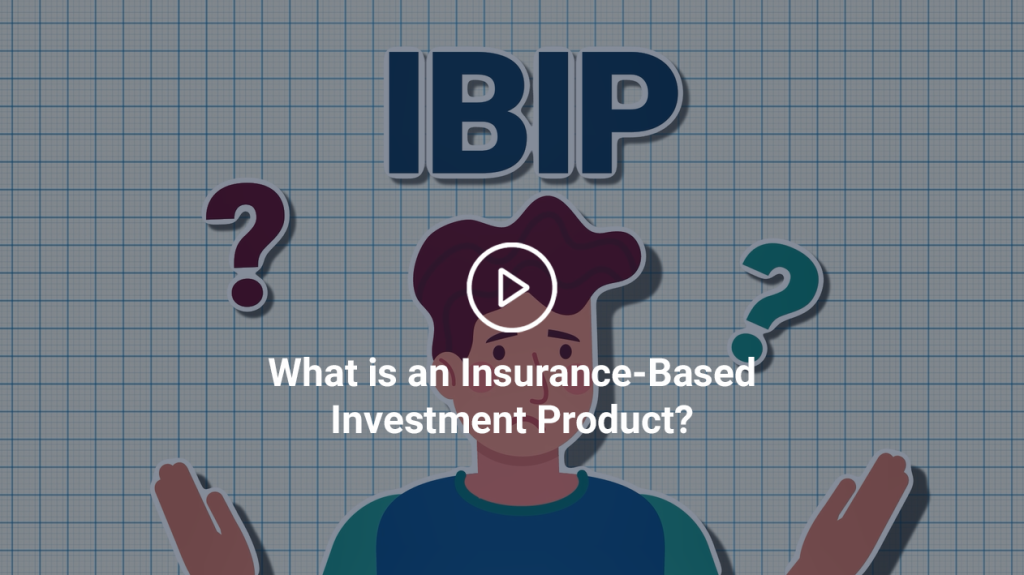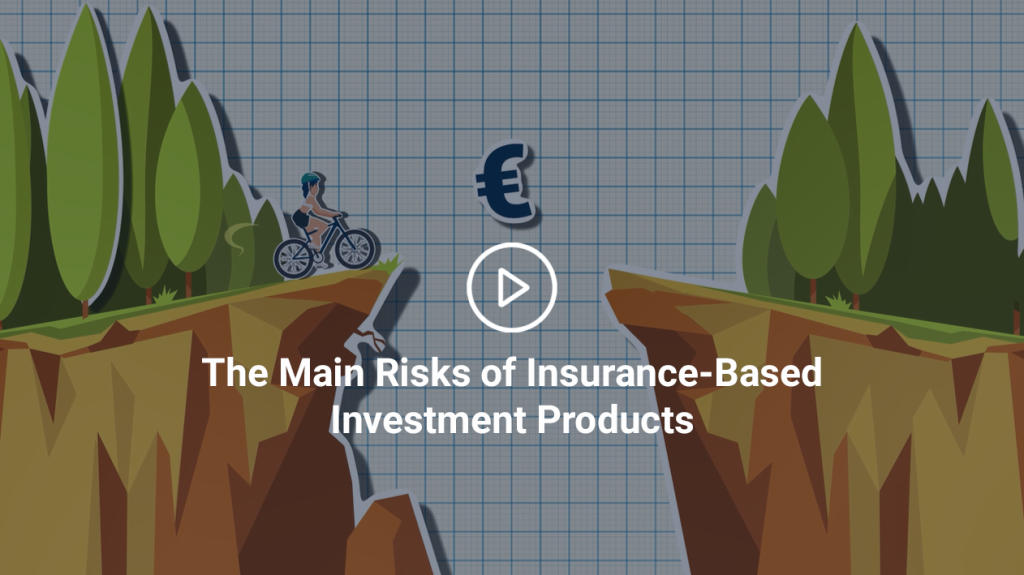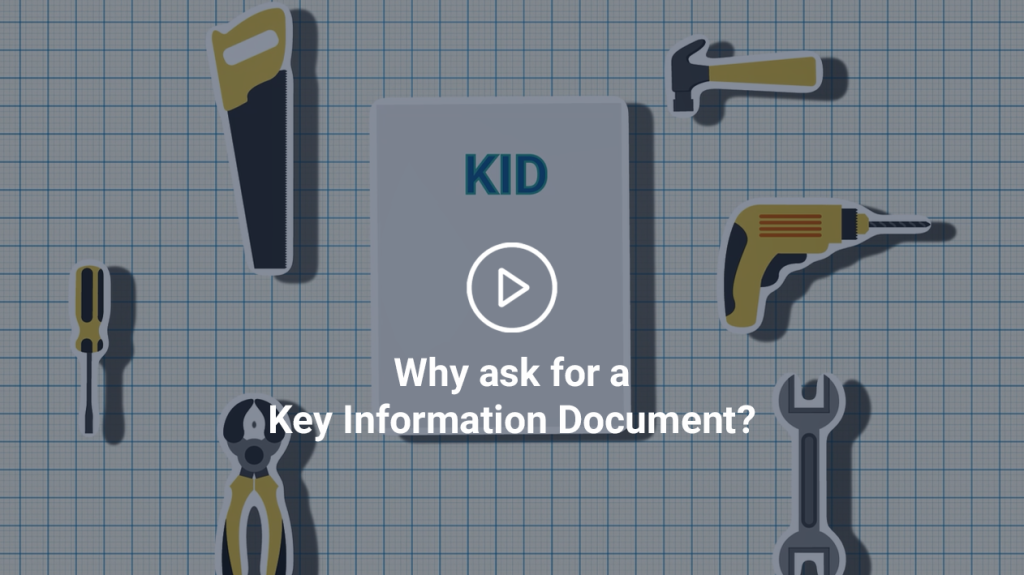
When looking at the type of financial instruments that you can invest in, you may be faced with plenty of options. One particular product combines insurance with investment – this is what we call an insurance-based investment product, or IBIP for short.
In 2021, the MFSA carried out several inspections at banks and insurance companies to monitor the manufacturing and distribution of insurance-based investment products. This was done as part of our work as a regulator to ensure that customers are being offered these products in a fair and transparent manner. An IBIP is a risky product, so one needs to be extremely aware of what they are going in for before committing to it.
Would you like to become more familiar with what an IBIP is exactly, and the risks that come with it? Read on to find out.
Let’s cover the basics – what is an insurance-based investment product?
An insurance-based investment product, or IBIP, is a financial product with both an insurance and an investment component; when you buy an IBIP you are getting a life cover and, in the meantime, you are investing either directly or indirectly in the financial markets.
Since the performance of an IBIP is dependent on market conditions and fluctuations, it is vital to understand the risks tied to it before purchasing one.
What are the main types of IBIPs?
Everyone is looking for something that’s low risk with the highest possible return, but in most cases, the higher the return promised, the higher the risk that comes with it, and IBIPs are no exception.
There are two main types of IBIPs, with a different risk-return trade off.
Type #1: With-profit products
With-profit IBIPs offer participation in an investment made by the insurance company, in a with-profits fund.
This type of IBIP provides you with annual bonuses, calculated on:
- Your investment value
- The performance of the fund you are investing in
- Other specific criteria fixed by the insurer
Additionally, you will usually receive a bonus at the end of the agreed termination date – however you will not receive this if you terminate the policy earlier than agreed.
The amount invested at the beginning, which we refer to as ‘your capital’, as well as the bonuses may also be guaranteed, but the amount received will depend on how the with-profit fund performs. There may be additional conditions attached to this, so make sure to read these well before your purchase.
Type #2: Unit-linked products
This kind of IBIP invests your money by purchasing units of an investment fund, usually offered by third parties. The value of these units depends directly on the investment fund.
In this scenario, your investment is not guaranteed as it relies on market conditions and fluctuations, so you must constantly monitor the value of the funds in order to take necessary action. Therefore, although you might get the chance for higher returns, this type of IBIP comes with higher risk, since you are wholly exposed to market fluctuations.
You also need to know that some IBIPs combine with-profit and unit-linked products, such as with-profit products exposed partly to market fluctuations. These products are usually referred to as hybrid products.
When am I expected to make payments for my investment?
This depends on whether the product is a single premium or regular premium policy.
- Single premium requires you to pay your amount in full, before the policy starts.
- Regular premium requires you to pay at regular time intervals throughout the duration of the policy (e.g. monthly or yearly).
The best option for you is subject to your particular circumstances, as both options have their positives and negatives.
What risks should I look out for?
- Be prepared to get a lower amount than anticipated, in cases where the markets have moved against you
- Be ready to be in it for the long haul as IBIPs are often recommended for a long period of time – from 10 to up to 15 years
- Be mindful of any fees that you will incur should you wish to terminate your policy earlier
- And if you surrender the policy early, note that the performance of your investment may be lower than originally expected.
Where can I find out more about the details and risks tied to a specific IBIP?
The KID – Key Information Document – should be your primary go-to source of information for that particular IBIP that you are interested in investing in.
This is a ‘consumer-friendly’ document containing all the essential information about the IBIP in maximum three pages. It also has a standardised format which the service providers are obliged to use so that you can easily compare different products before you make a purchase.
Think of the KID as your handbook, covering the following details:
- What the product is, along with its objectives and who it is intended for
- The level of risk it contains, in a form of a risk indicator with a score from 1 (lowest-risk) to 7 (highest-risk)
- What you can get in return
- What the costs are
- What happens if the insurer is unable to pay out
- The recommended holding period
- Options for earlier termination
- What you can do if you need to need to lodge a complaint
If you need any further clarifications or assistance, do ask your service provider to explain and be mindful of advice offered.
Ready to invest? Before you do, make sure you check off all these boxes:
- I understand what an IBIP is and how it works
- I accept that the payout that I will get at the end may be less than the amount
- I invested at the time of purchase
- I acknowledge that IBIPs vary from one another
- I have read carefully the terms and conditions of the product
- I am aware of the costs involved
- I have consulted the Key Information Document (KID)




